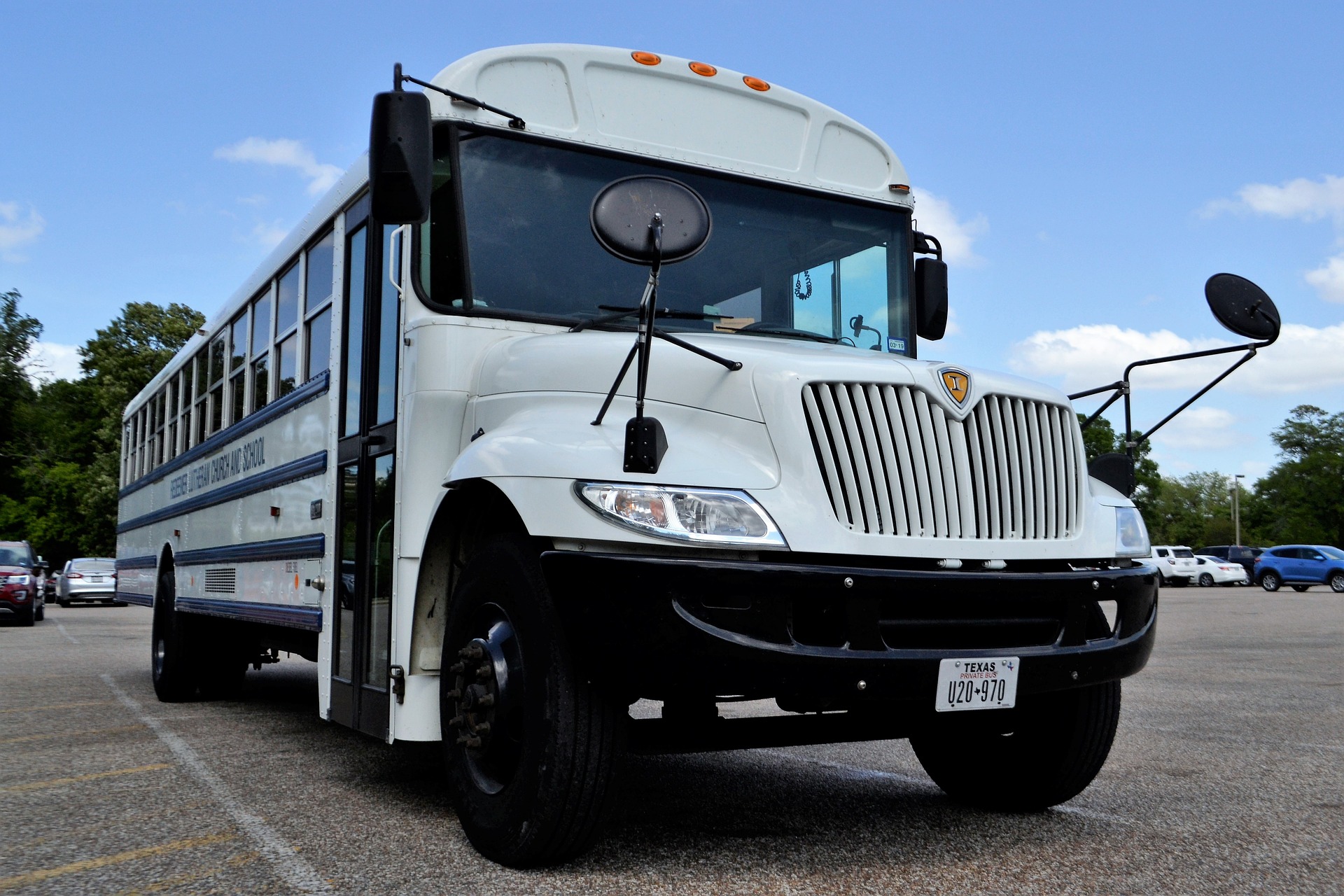
Not All Commercial Vehicles are Semi-Trucks
If you’re involved in a wreck here in Texas, do you know if it’s a standard automobile accident, or a commercial vehicle accident? Certainly, if you’re hit by a semi-truck, then you know it’s going to fall under the commercial vehicle class, but what if you were hit by a 12-passenger van?
There are federal regulations that determine what vehicles are considered to be commercial vehicles, and which may look like commercial vehicles, but are still considered to be private or not-for-commerce. Let’s see what the Car Crash Captain has to say about commercial vehicle accidents in Texas.
Determining a Commercial Vehicle
Commonly, commercial vehicles are determined by three factors: size and weight, number of passengers, and cargo being hauled. A general rule of thumb to keep in mind: if the owner or operator of the vehicle is being paid to transport whatever is inside, then it’s likely going to be considered a commercial vehicle.
Size and Weight of a Commercial Vehicle
Most commercial vehicles are heavier. It doesn’t make sense to transport goods in the back of a pickup truck when a semi will be much more efficient. The federal guidelines say that a vehicle over 10,001 pounds (and used to transport property or passengers) is a commercial vehicle. When that truck hits 26,000 pounds, they have even more stringent regulations – most fully loaded semi-trucks are 35,000 to 80,000 pounds.
That weight rating is the combined weight of both the vehicle and the load they are hauling. And it refers to the actual weight or the weight rating; whichever is greater.
What doesn’t fall into this category? Privately owned vehicles being used for private purposes. Such as a big RV being used to transport family on vacation.
Number of Passengers
Depending on how many people are loaded into the rig can bump it into the commercial vehicle category. This one is broken into two parts.
First, if the vehicle is designed, or used, to transport more than 8 passengers (including the driver) for compensation. Notice that is says “designed or used.” If it’s a 12-passenger van, and only 2 people are in it, it’s still “designed” to transport more than 8 people. If it’s a 6-passenger van, and has 9 people in it, it’s still “used” to transport more than 8 people.
Second, if the vehicle is designed or used to transport more than 15 passengers, including the driver not for compensation. Again, “designed or used” is clarified here, but the difference is that if it’s not used for compensation. This would be vehicles such as school busses, airport shuttle busses, or even large church vans.
Cargo Hauled by the Commercial Vehicle
If the vehicle doesn’t meet the other qualifications, it can still be considered commercial depending on what is being hauled. Normally this only applies to hazardous materials – even if it’s the size of a Honda Civic but it’s hauling some toxic waste, then it’s considered to be a commercial vehicle.
Talk to Herbert Law Group after a Commercial Vehicle Accident in Texas
There is quite a bit more that goes into commercial vehicle wrecks than what it appears on the surface. A semi-truck wreck is one that involves a commercial vehicle, but there are many other factors to consider.
If you have been injured in a wreck, will you be able to tell if you should be pursuing compensation based on commercial vehicle laws, hazardous material transportation laws, extra-heavy vehicle laws, passenger vehicle laws, or something else completely? Do government owned vehicles or emergency vehicles fall into the same category?
The commercial vehicle accident lawyers at Herbert Law Group understand all of this. Let them handle the tricky legal stuff, you handle recovering from your injuries. It starts with a free phone call. Dial 214-414-3808, or fill out the contact form on our site, and let’s see how we can help.